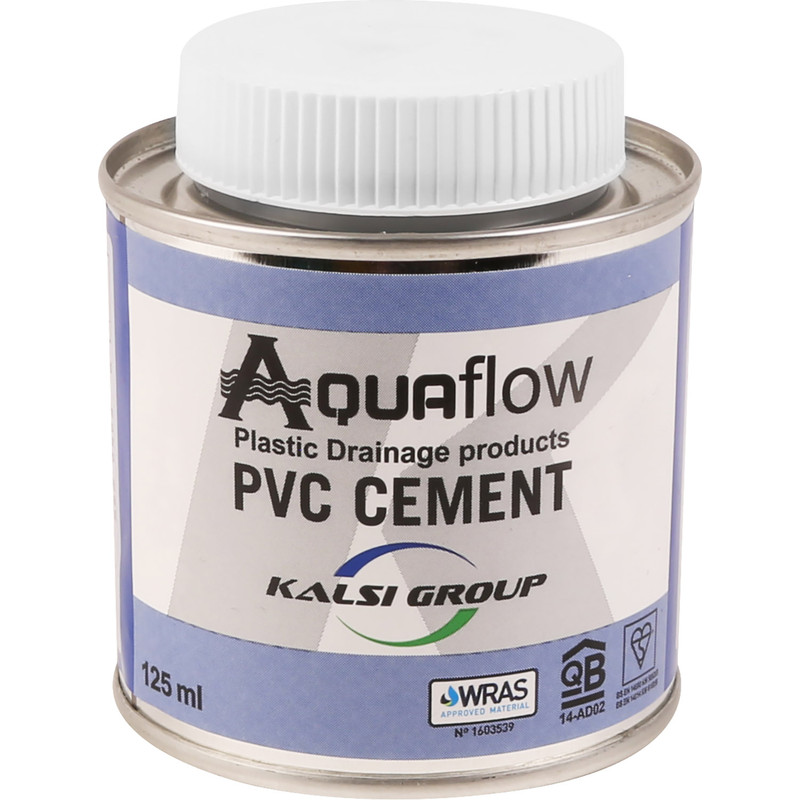
Introduction
In the world of handymen and DIY enthusiasts, PVC solvent glue emerges as an indispensable tool. It’s a hidden gem that simplifies a plethora of tasks involving plastic pipes and fittings. This adhesive, specifically designed for polyvinyl chloride (PVC) materials, ensures a robust and lasting bond, proving itself as more than just a simple glue. This article delves into the multifaceted utility and advantages of PVC solvent glue, demonstrating why it’s a must-have in every handyman’s toolkit.
What is PVC Solvent Glue?
PVC solvent glue, as its name suggests, is a special adhesive used for bonding PVC pipes and fittings. Unlike traditional adhesives, it doesn’t just stick the surfaces together; it chemically fuses them, creating a bond that’s often stronger than the PVC itself. This property makes it an ideal choice for plumbing, construction, and various DIY projects.
The Science Behind It
At its core, PVC solvent glue contains chemicals that dissolve a thin layer of PVC on the application. When the solvent evaporates, the PVC pieces fuse together, creating a seamless and waterproof joint. This process, known as solvent welding, is what sets PVC solvent glue apart from other types of adhesives.
Advantages of PVC Solvent Glue
Strength and Durability
The primary advantage of PVC solvent glue is its strength. The chemical bond it forms is incredibly durable, capable of withstanding high pressure and a wide range of temperatures. This makes it ideal for plumbing applications, where the integrity of pipe joints is crucial.
Ease of Use
Another significant benefit is its ease of use. Applying PVC solvent glue is straightforward: clean the surfaces, apply the glue, and join the pieces. The quick setting time reduces the waiting period, allowing projects to progress swiftly.
Versatility
PVC solvent glue isn’t just for plumbing. Its robust bonding capability makes it suitable for a variety of applications, including building models, crafting, and even some automotive repairs. Its versatility is a boon for handymen and hobbyists alike.
How to Use PVC Solvent Glue
Preparing the Surfaces
The first step in using PVC solvent glue is to ensure that the surfaces to be bonded are clean and dry. Any dirt or moisture can weaken the bond.
Application
Apply a thin, even layer of glue to both surfaces. Be careful not to use too much, as this can lead to a weaker joint.
Joining and Curing
After applying the glue, quickly join the pieces together and hold them in place for a few seconds. The glue sets rapidly, but it takes several hours to cure fully. Avoid stressing the joint during this time.
Safety Considerations
While PVC solvent glue is invaluable, it’s essential to use it safely. The fumes can be harmful, so always work in a well-ventilated area. Wearing gloves and eye protection is also advisable to avoid skin and eye irritation.
Conclusion
PVC solvent glue is more than just an adhesive; it’s a powerful tool that offers strength, versatility, and ease of use. Its ability to create strong, durable bonds makes it a go-to solution for a wide range of applications. Whether you’re a professional handyman or a DIY enthusiast, PVC solvent glue is a hidden gem that deserves a place in your toolkit.






